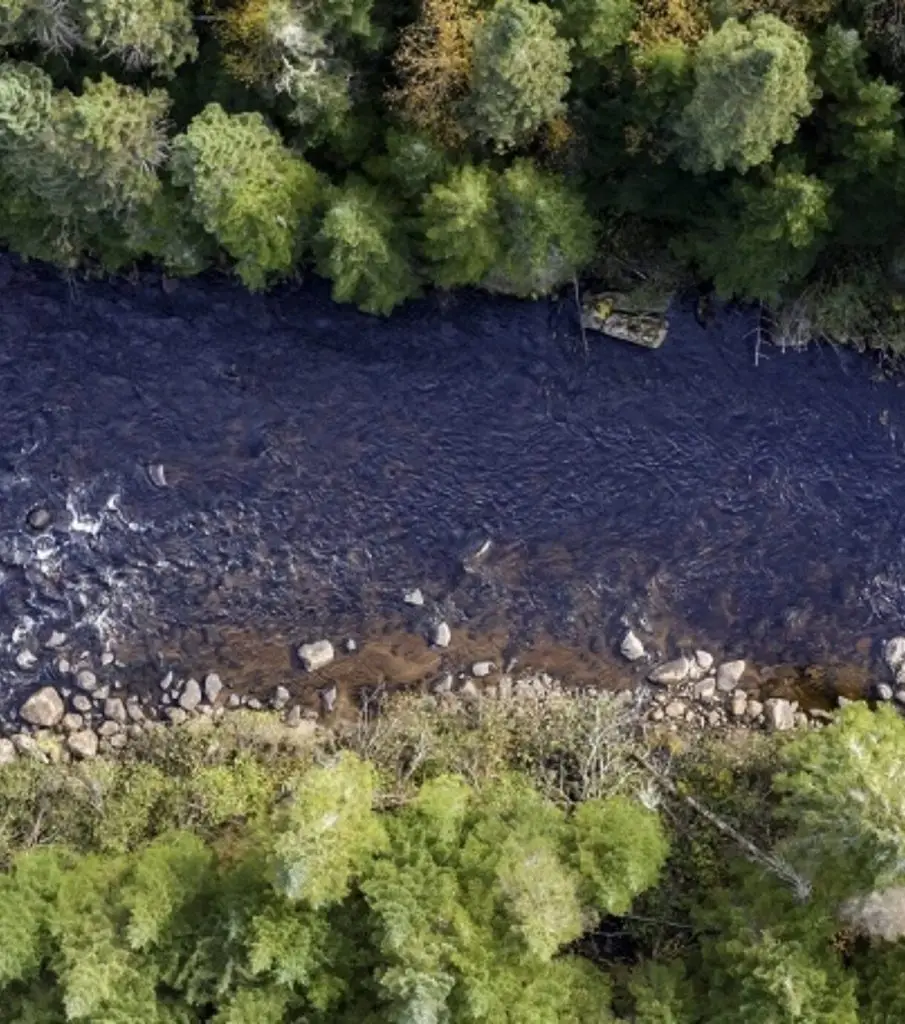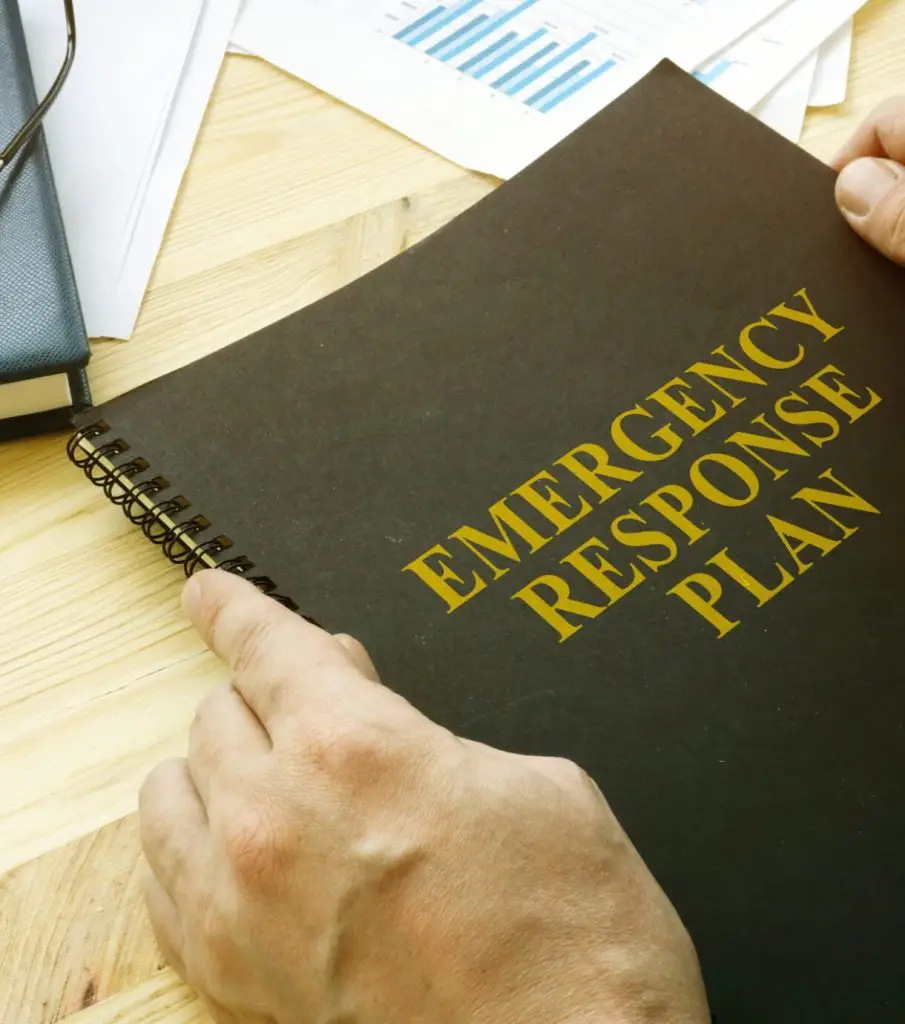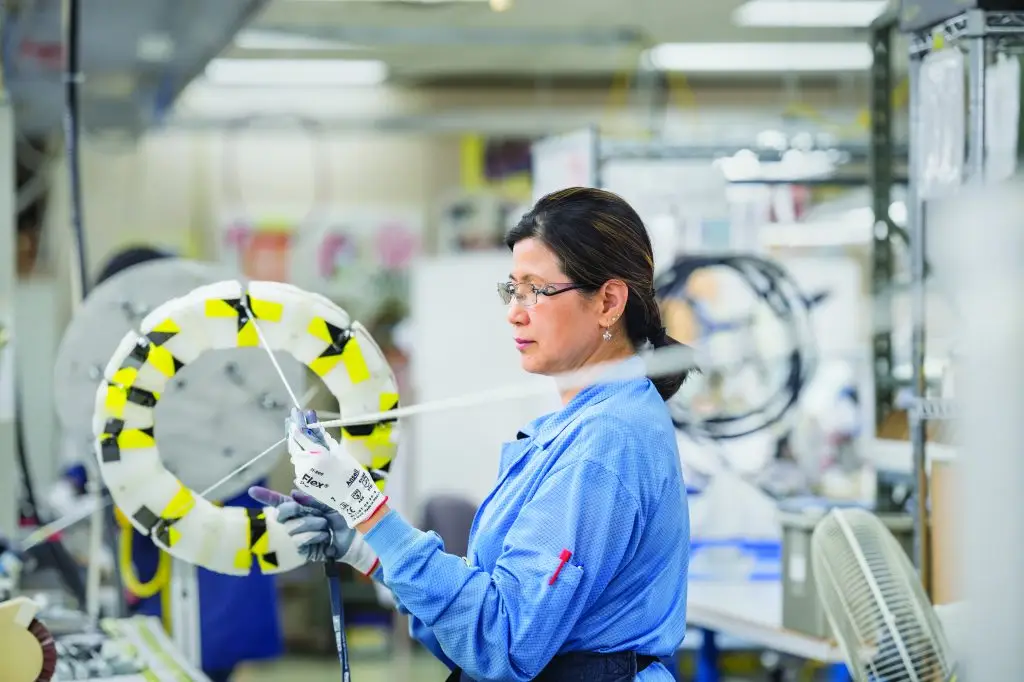
Carbon footprint analysis
In early 2022, Calian engaged an independent third party to support the development of a greenhouse gas (GHG) emissions inventory for scope 1 and 2 emissions, and a screening of scope 3 emissions to help develop our climate strategy.
The emissions data collected adheres to the GHG Protocol standards. This effort is the first step in defining climate goals and developing a decarbonization roadmap, and marks a significant step towards building a more sustainable future in collaboration with our stakeholders.
Climate change
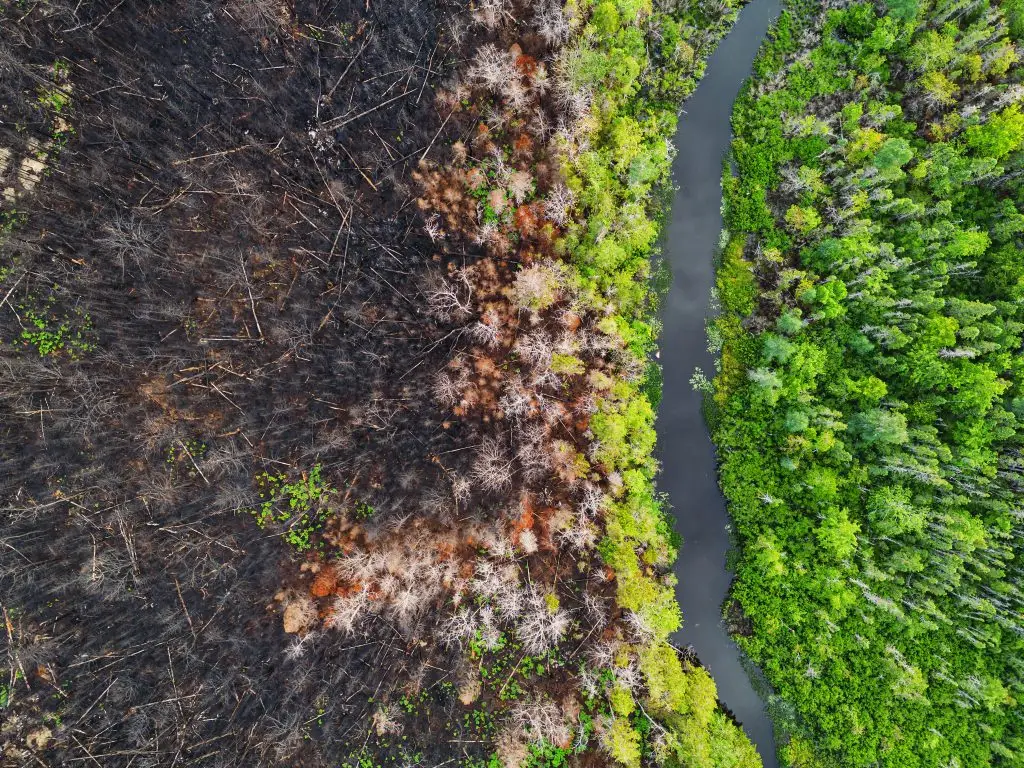
Why Calian CARES
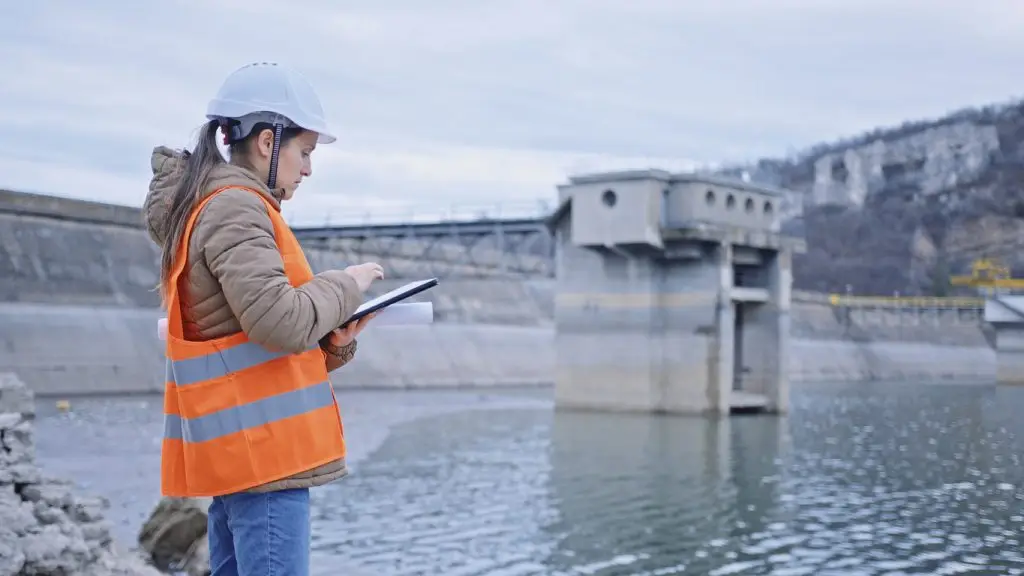
How we manage this topic
UN SDG alignment
Calian value chain
By understanding our value chain: the main sources of Calian’s direct and indirect emissions, we are better able to understand GHG related risks and opportunities as we work towards net-zero.

Climate scenario analysis and target setting
In 2024, Calian conducted a climate scenario analysis and developed a framework to assess physical and transition risks and opportunities for the organization in alignment with Canada’s Net Zero Challenge requirements.

Assessing performance and mitigating risk
As recommended by the Task Force on Climate-Related Financial Disclosures (TCFD) we assessed organizational performance under different, plausible future states and assessed the potential financial impacts on our business, value chain and operations.
Through comprehensive scenario analysis, we are actively preparing to mitigate risks and seize opportunities in a low-carbon economy. Our focus on reducing emissions by 16 per cent by 2030 underlines our dedication to a sustainable future. We explored three distinct climate scenarios.
- High energy transition: Global temperature increase is limited to below two degrees Celsius above pre-industrial levels by 2100, and net-zero commitments are achieved by 2050.
- Moderate energy transition: Canada achieves net-zero by 2060, but global efforts are insufficient to limit temperature increase to below two degrees Celsius, and the national transition to a low-carbon economy is delayed.
- Low energy transition: No global constraints on greenhouse gas reduction targets, with continued reliance on non-renewable energy sources. Net-zero target is not achieved by 2050.

Climate-related focus areas
All business units identified top transition risks and opportunities. Physical risks were assessed based on climate trends relevant to those geographies. Calian’s 2024 TCFD report will update the most material risks to the corporation.
Three climate-related focus areas emerged as priorities across all four operating segments and value chain.
- Upstream: Screening our supply chain to assess vulnerability to climate-related risks and to assess carbon footprint of key products and services.
- Operations: Refining our operating model and processes to support the operating segments in identifying the resources required to address risk and develop decarbonization programs.
- Downstream: Mapping customer ESG requirements and market trends to prioritize investment that aligns with Calian’s growth strategy.

Developing action plans
Calian is developing action plans to address the most material climate-related risks and opportunities, including specific absolute emissions reduction targets aligned to the Net Zero Challenge Bronze tier criteria.
For Scope 1 and 2:
- 16 per cent emissions reduction by 2030
- 58 per cent emissions reduction by 2040
- Net-zero by 2050
For Scope 3:
Emissions reduction targets are consistent with Scope 1 and 2, focusing on purchased goods and services as the largest value chain category at over 93 per cent of our Scope 3 emissions.
Environmental protection

Why Calian CARES

How we manage this topic
UN SDG alignment
Impact stories
Questions About ESG at Calian?
Calian Headquarters – Ottawa
770 Palladium Dr (4th floor),
Ottawa, ON K2V 1C8
Global innovation for connected, safe & healthy lives
Explore Calian's four business units below.



